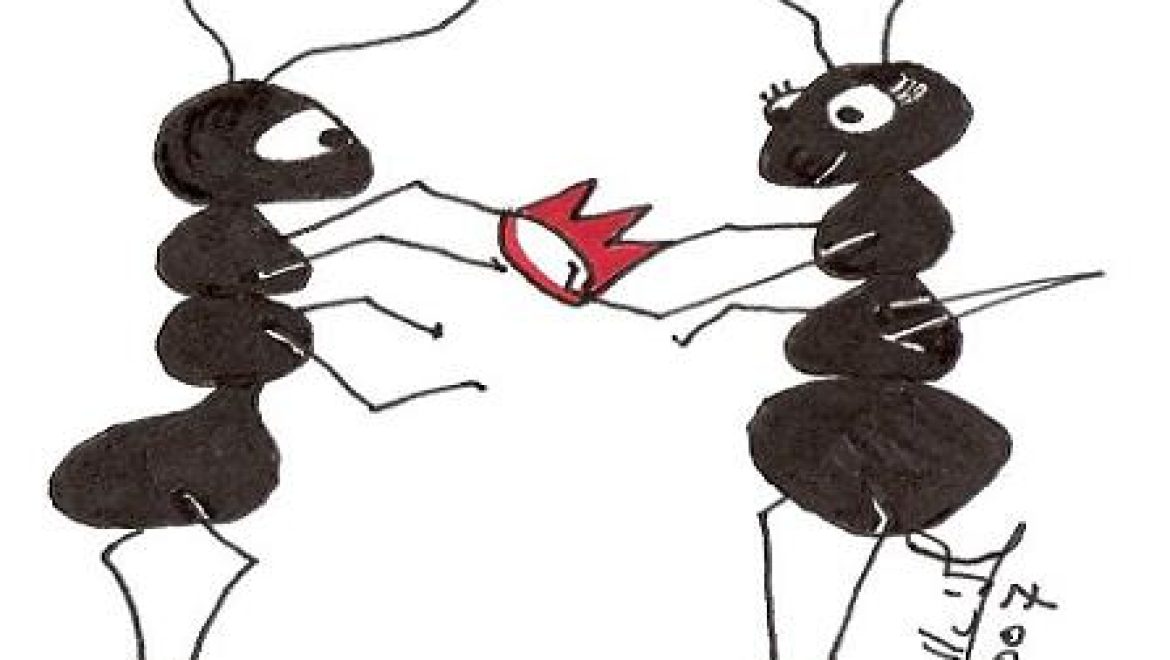
The scholars spoke of Rabbi Shimon the son of Chalfata, who liked to conduct experiments and examinations of insects and other animals to learn their natures.
Thus, for example, the rabbi studied whether ants have a queen. Why did he decide to look specifically at ants? Because it is written (Proverbs 6:6) “Go to the ant, thou sluggard; consider her ways, and be wise: Which having no guide, overseer, or ruler provides her meat in the summer, [and] gathers her food in the harvest,” meaning that the ant has an independent work ethic and has no leader. He decided to check the matter. In the summer, on a very hot day, he went to an anthill. All the ants were underground because the sun was shining so brightly. He spread his cloak over the hill and created shade. One ant came out, and the rabbi marked it. The ant returned to the hill and told the other ants “There is shade outside and we can leave the hill.” When the ants came out of the hill the rabbi removed his cloak, and the sun beat down upon them. The ants thought that the ant which had told them of the shade had lied to them, so they fell upon her and killed her. From this the rabbi concluded that the ants have no queen. Had they had a queen, they would have had to consult her before killing the “lying” ant. Another sage rejected this conclusion and argued that they might have a queen, and the reason they did not consult her before killing the liar was because the queen was there with all the other ants, and it was she who ordered the lying ant killed. There is also another possibility: There may be a well-known, standing law amongst the ants which calls for the death of an ant found to be lying. Yet another possibility is that they killed the lying ant exactly when there was a change of regime, between queens, and there was no one to ask. Therefore, we cannot learn from Rabbi Shimon the son of Chalafta’s experiment whether or not ants have a queen, and we must rely upon what King Solomon wrote in Proverbs, that the ants have no queen.
(Babylonian Talmud, Tractate Chulin 57b)
